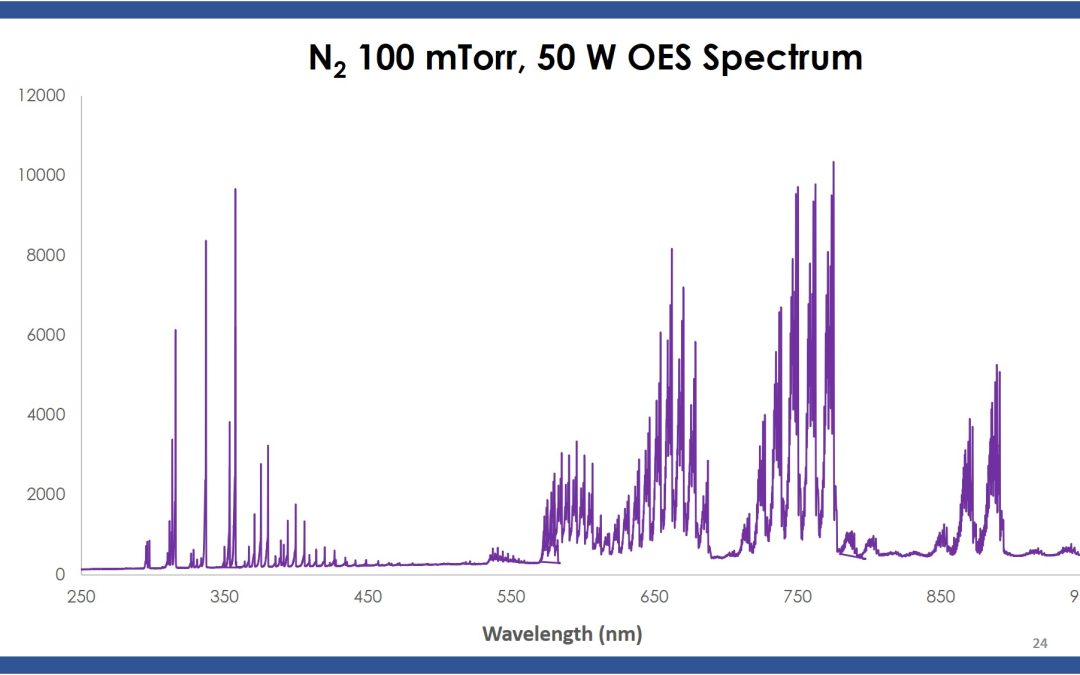We investigate the warm inflationary scenario within the context of the
linear version of f (Q, T ) gravity, coupled with both the inflaton scalar
field and the radiation field, under the conditions of the strong dissipation
regime. First, we calculate the modified Friedmann equations and the modified
slow-roll parameters. Subsequently, we apply the slow-roll approximations to
derive the scalar power spectrum and the tensor power spectrum. Also, we
develop formulations of the scalar and tensor perturbations for the f (Q, T )
gravity with warm inflation scenario. Furthermore, we scrutinize two different
forms of the dissipation coefficient, a constant and a function of the inflaton
field to determine the scalar spectral index, the tensor-to-scalar ratio and
the temperature for the power-law potential case. By imposing some constraints
on the free parameters of the model, we attain results in good agreement with
both the Planck 2018 data and the joint Planck, BK15 and BAO data for the
tensor-to-scalar ratio, and consistent results aligned with the Planck 2018
data for the scalar spectral index. Consequently, we are able to revive the
power-law potential that was previously ruled out by observational data.
Moreover, for the variable dissipation coefficient, the model leads to the
scalar spectral index with the blue and red tilts in agreement with the WMAP
three years data.
Future Roadmap: Challenges and Opportunities
1. Exploring Further Constraints on Free Parameters
- The current study has successfully obtained results in good agreement with the Planck 2018 data and other observational data for certain parameters.
- Future research should focus on exploring additional constraints on the free parameters of the model.
- This will help to further refine the model and enhance its compatibility with observational data.
2. Investigating Alternative Forms of the Dissipation Coefficient
- The study has examined two different forms of the dissipation coefficient, a constant and a function of the inflaton field.
- Future investigations should explore other possible forms of the dissipation coefficient.
- This will provide a more comprehensive understanding of its impact on the scalar spectral index and further improve the model’s alignment with observational data.
3. Assessing the Viability of Power-Law Potential
- The study has successfully revived the previously ruled out power-law potential by obtaining results consistent with observational data.
- Further research should assess the viability of the power-law potential in more detail.
- This will involve investigating its implications in different cosmological scenarios and exploring potential implications for other inflationary models.
4. Comparing Results with Alternative Data Sets
- The current study has focused on comparing results with the Planck 2018 data and the joint Planck, BK15 and BAO data for the tensor-to-scalar ratio.
- Future research should aim to compare and validate the model’s predictions with alternative data sets.
- This will ensure robustness and reliability of the model’s predictions across different data sources.
5. Further Analysis of Scalar Spectral Index
- The study has obtained scalar spectral index results in alignment with the WMAP three years data.
- Future investigations should conduct further analysis of the scalar spectral index.
- Exploring its implications in more cosmological scenarios and comparing with additional observational data will enhance our understanding of the inflationary dynamics.
Conclusion
The warm inflationary scenario within the context of the linear version of f (Q, T ) gravity, coupled with both the inflaton scalar field and the radiation field, has shown promise in aligning with observational data. However, there are several challenges and opportunities that need to be addressed in future research. By focusing on refining free parameters, investigating alternative forms of the dissipation coefficient, assessing the viability of the power-law potential, comparing with alternative data sets, and further analyzing the scalar spectral index, we can enhance our understanding of warm inflation in f (Q, T ) gravity and its implications for cosmology.
